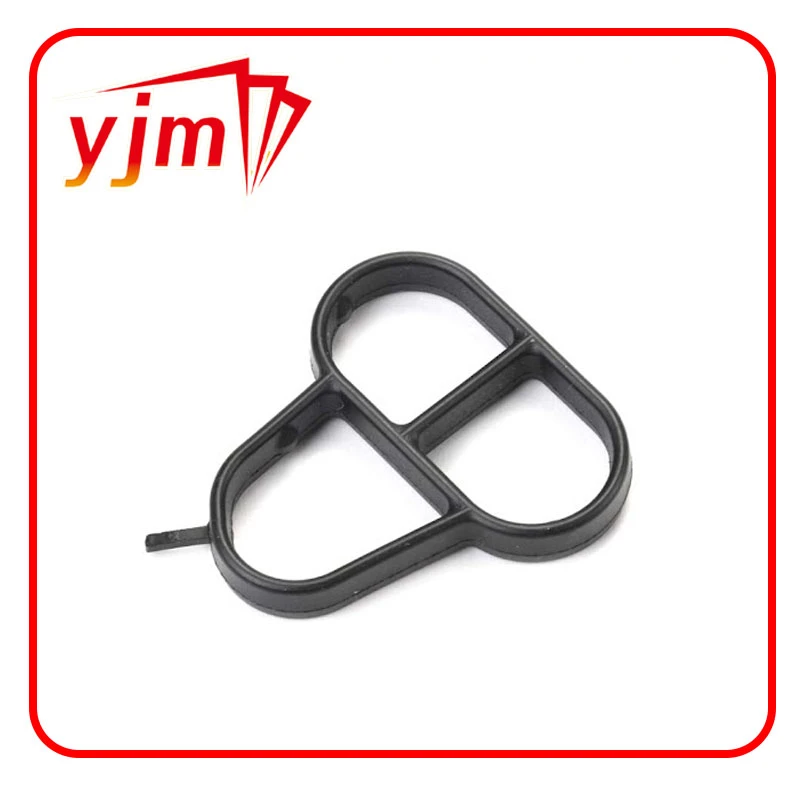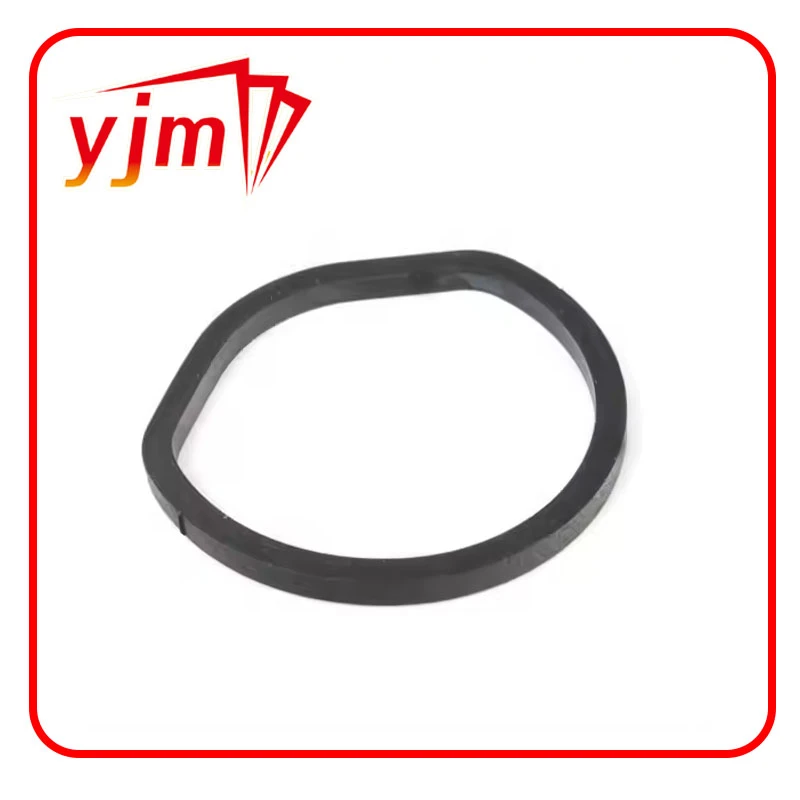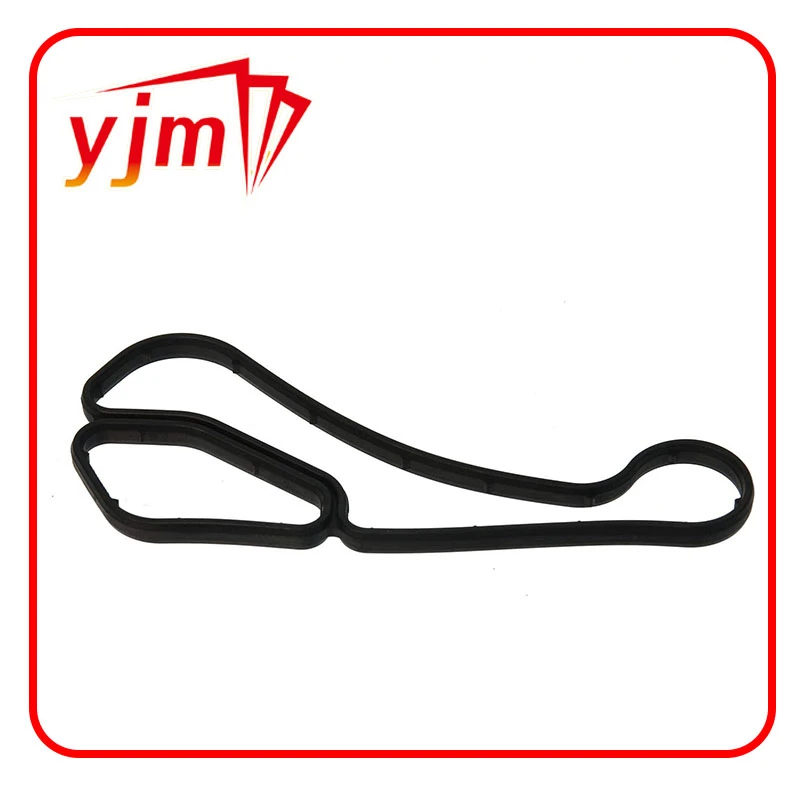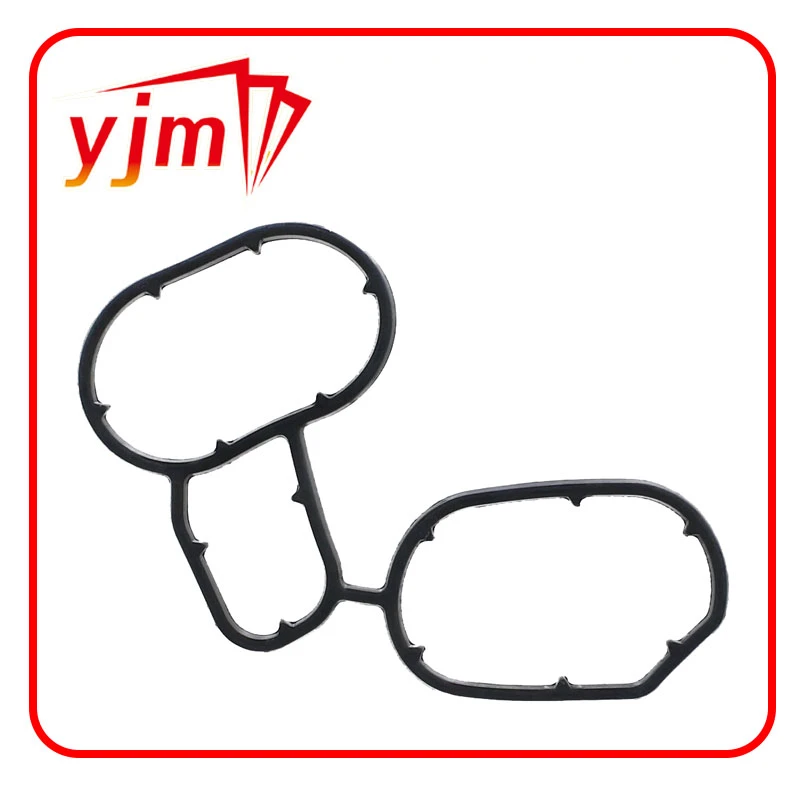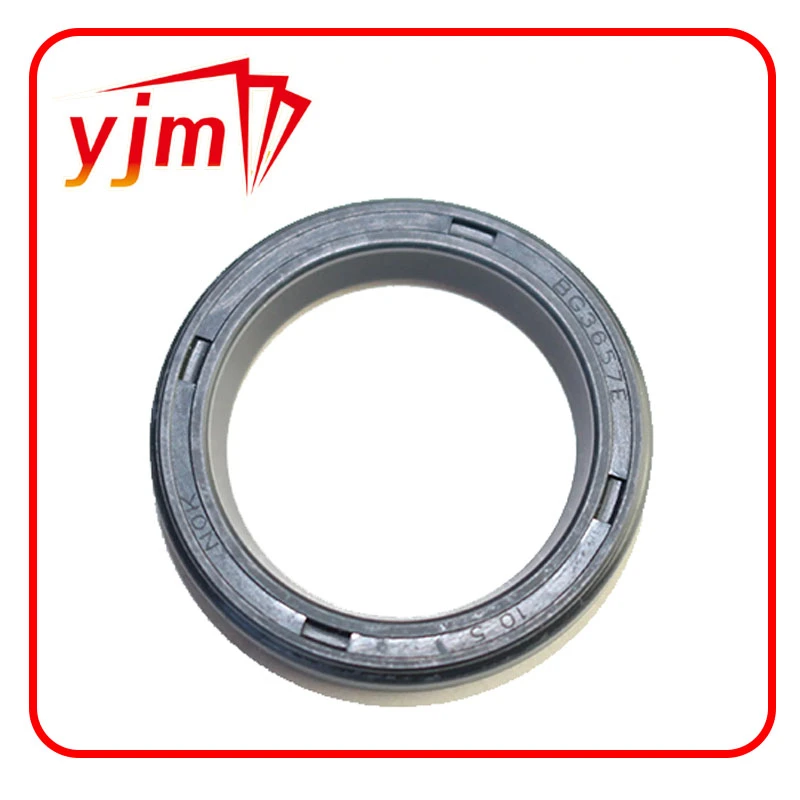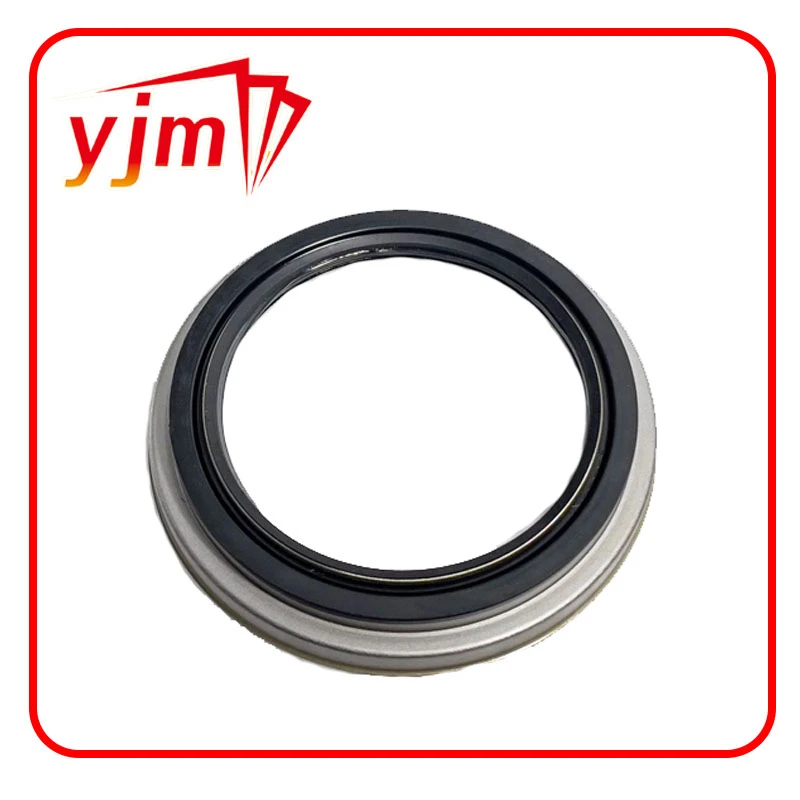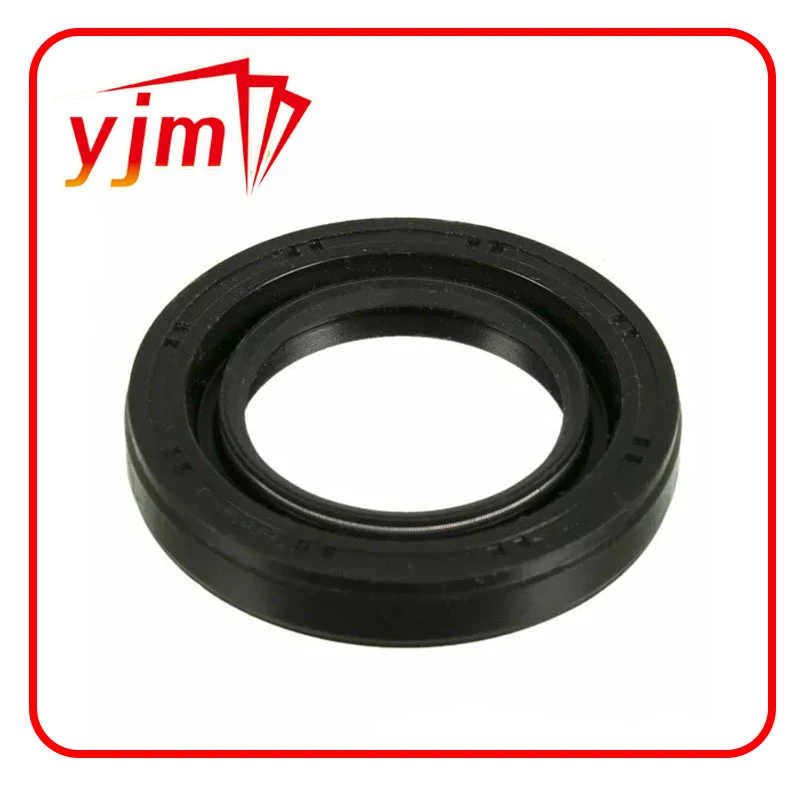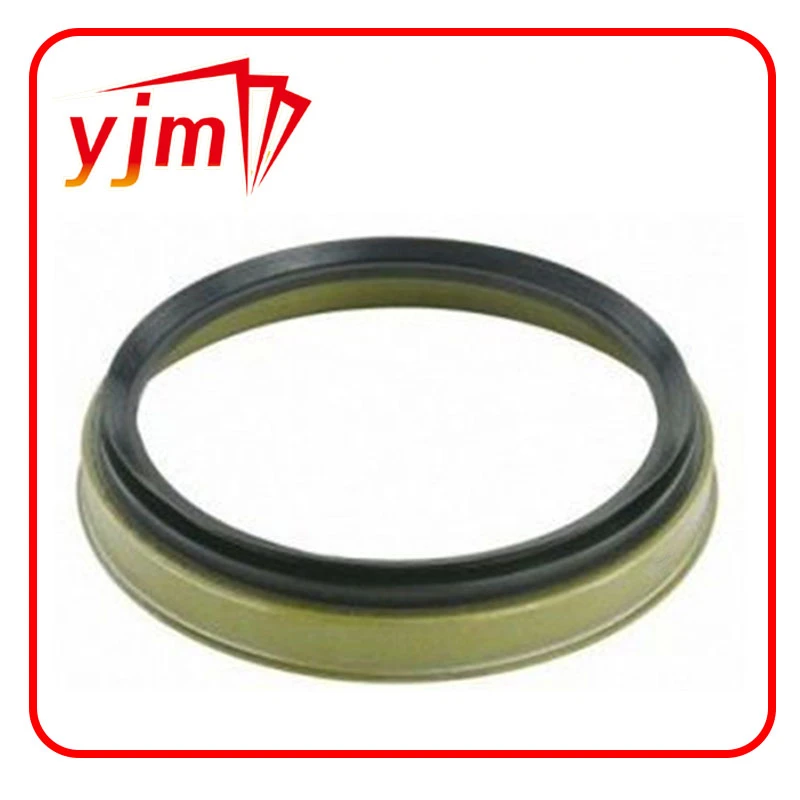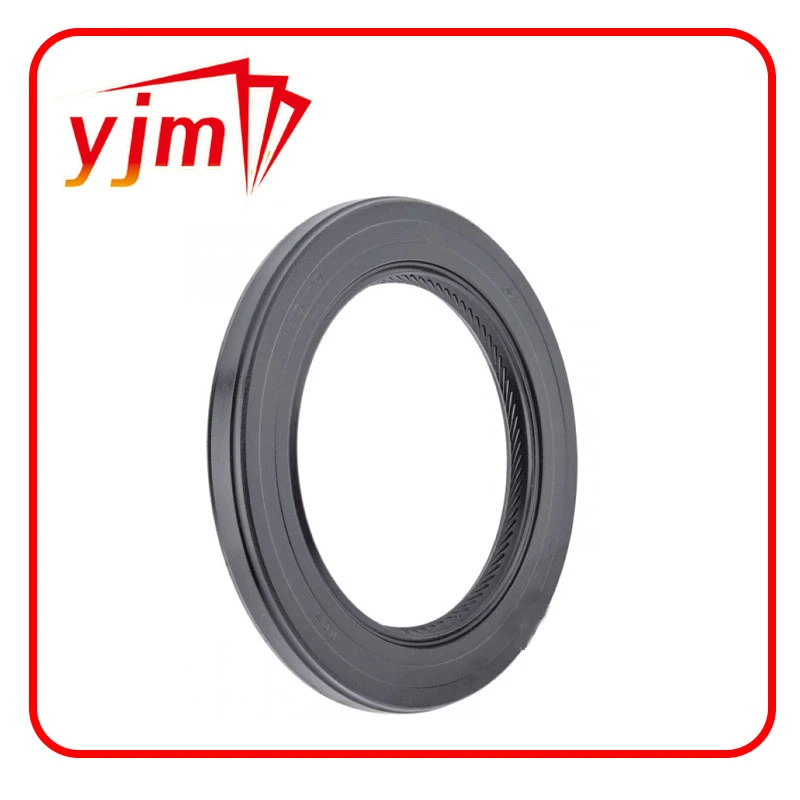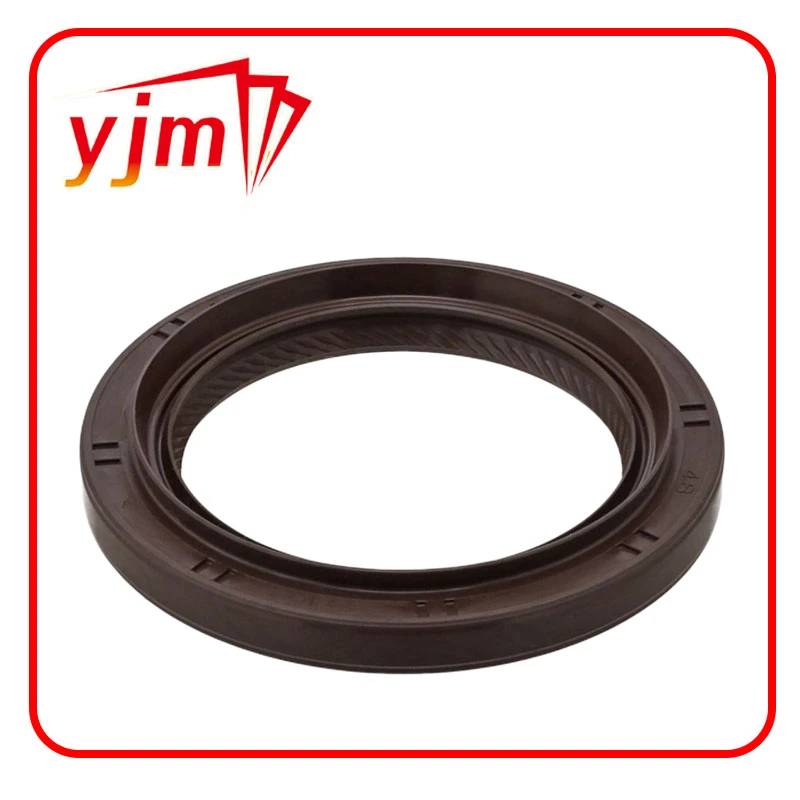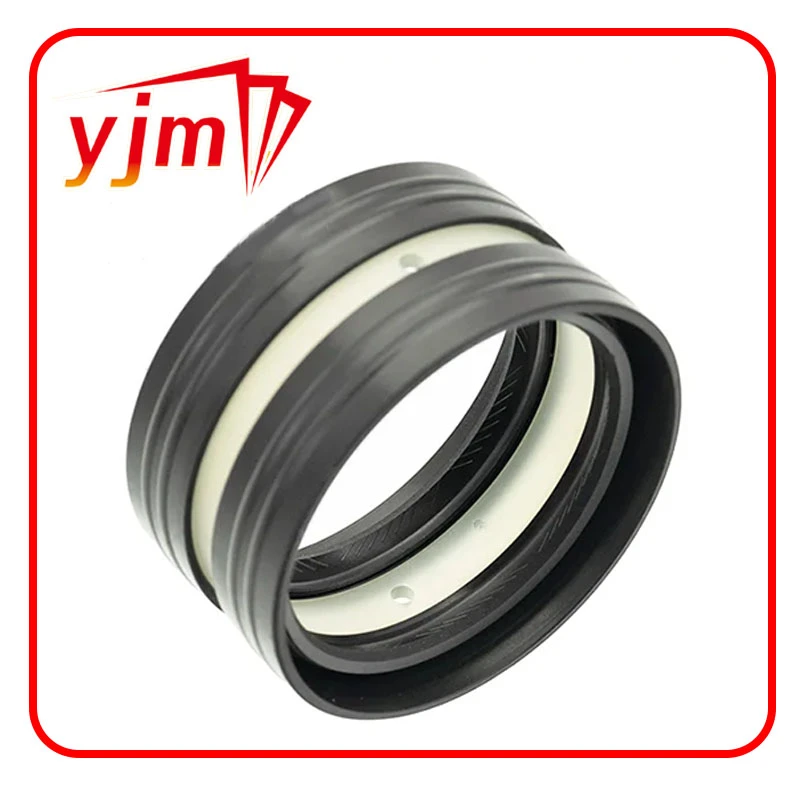Bonded Seal Solutions for Enhanced Sealing Performance in Various Applications
Understanding Bonded Seals An In-Depth Look at Their Application and Benefits
In various industries, achieving a reliable seal is crucial for ensuring safety, efficiency, and longevity of components. One of the standout solutions for effective sealing is the bonded seal, particularly the bonded seal 1 2. This seal type combines the benefits of both a metal washer and a rubber ring to provide superior sealing performance across a range of applications. In this article, we'll explore what bonded seals are, their composition, benefits, and common uses.
What is a Bonded Seal?
A bonded seal typically consists of a rubber ring that is bonded to a metal seal washer. The design is ingenious the rubber provides flexibility and a tight fit, while the metal washer adds strength and durability. This combination allows bonded seals to accommodate various surfaces and conditions, making them highly versatile.
The Design of Bonded Seal 1 2
Bonded seal 1 2 denotes a specific type or size of bonded seal that meets certain industry standards. The number typically represents dimensions such as the outer diameter, inner diameter, and thickness, which must match the requirements of the application. Properly sized bonded seals ensure optimal performance, preventing leaks and failures in systems where pressure or fluid containment is critical.
Key Benefits of Bonded Seals
1. Efficacy Against Leaks One of the primary advantages of bonded seals is their ability to provide a reliable barrier against leakage. The rubber element conforms to the mating surfaces, filling in any irregularities and ensuring a leak-proof seal.
2. Versatility Bonded seals can be used with a wide variety of fluids and gases, making them suitable for diverse applications, from automotive to aerospace and industrial machinery.
bonded seal 1 2
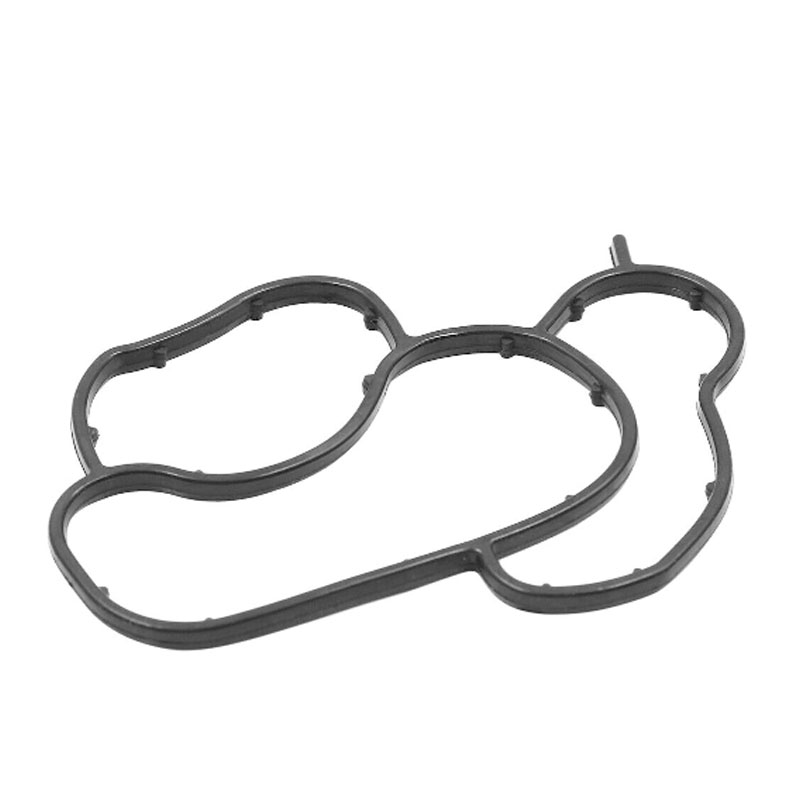
3. Resistance to Temperature and Chemicals High-quality bonded seals are often designed to withstand extreme temperatures and harsh chemical environments, which is critical in sectors like oil and gas, where conditions can be rigorous.
4. Ease of Installation The unique design of bonded seals allows for straightforward installation. They can be easily placed into a designated groove or bore, reducing assembly time and costs.
5. Cost-Effectiveness Although marketed as specialized components, bonded seals often prove to be more cost-effective in the long run due to their durability and the reduction in maintenance requirements associated with leaks.
Applications of Bonded Seals
Bonded seals are prevalent in various applications. They are commonly found in
- Automotive Industries Where they are used in engine components and transmission systems to prevent fluid leaks. - Hydraulic Systems Essential for ensuring tight seals in hydraulic cylinders, preventing loss of hydraulic fluid under high pressure. - Aerospace Applications Used in systems requiring both strength and reliability, where failure can lead to catastrophic results. - Industrial Machinery To provide seals in machinery and equipment that are subject to vibration and fluctuating temperatures.
Conclusion
In summary, bonded seal 1 2 represents a specific and effective solution to the critical need for reliable sealing in various applications. Its unique design offered by the combination of rubber and metal creates a tight, durable seal that meets the needs of industries ranging from automotive to aerospace. As technology continues to evolve, the importance of such seals will only increase, making them an essential component in the development of safer and more efficient systems.
-
The Ultimate Guide to Car Repair Kits: Tools and Essentials Every Driver Should Own
News Aug.01,2025
-
The Complete Guide to Oil Pan Gaskets: Sealing Engine Leaks the Right Way
News Aug.01,2025
-
Preventing Oil Leaks: A Complete Guide to Oil Pan Gaskets and Drain Seals
News Aug.01,2025
-
Everything You Need to Know About Oil Pan Gaskets and Drain Plug Seals
News Aug.01,2025
-
Essential for Car Owners: How to Use a Car Repair Kit to Deal with Minor Breakdown
News Aug.01,2025
-
Comprehensive Guide to Engine Oil Sump Gaskets and Related Seals
News Aug.01,2025
-
The Ultimate Guide to Boat Propeller Bearings and Trailer Wheel Bearings
News Jul.31,2025
Products categories

